KAIST
BREAKTHROUGHS
Research Webzine of the KAIST College of Engineering since 2014
Spring 2025 Vol. 24Distractions by Work-related Activities: Safety Impact of Ride-hailing App on Taxi Drivers
Ride hailing mobile apps is increasingly popular in the taxi industry but using them may increase potential crash risk. The effects of distractions by different ride-hailing systems on the driving performance of taxi drivers using the driving simulator experiment was investigated.
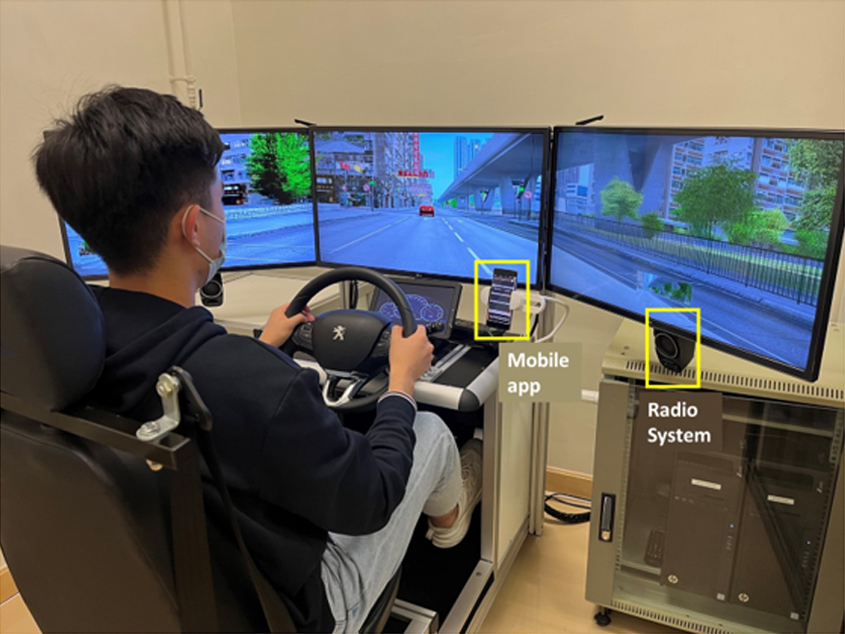
Ride-hailing mobile app is increasingly becoming popular in the taxi industry. The apps increase the efficiency of taxi-customer matching and revenue of taxi drivers. However, the distraction by ride-hailing system while driving can also increase potential crash risk. As the on-road exposure and crash involvement rate of taxis are prevalent, it is necessary to examine the safety effect of driving while distracted by taxi-hailing system.
Professor Tiantian Chen from CCS Graduate School of Mobility and her Human-FACTS Lab investigated the effects of distractions by different ride-hailing systems on the driving performance of taxi drivers using a driving simulator. In this study, 51 male taxi drivers were recruited. During the experiment, the road environment (urban street versus motorway), driving task (free-flow driving versus car-following), and distraction type (no distraction, auditory distraction by voice-based in-vehicle system, and visual-manual distraction by mobile app) were varied.
Results indicate that variabilities of speed, steering and lateral control, and subjective workload increase when driving while distracted by ride-hailing system. Mobile app distraction leads to more impairments in lateral and steering control on motorway, and larger speed variation on urban road in free-flowing driving task. However, when following a leading vehicle on urban roads, the compensatory behavior (i.e., speed reduction) is more prevalent when distracted by mobile app in comparison to voice-based in-vehicle system. Interestingly, driver’s subjective workloads towards the voice-based in-vehicle system and mobile app designed to pick up passengers in this experiment were found not statistically different, which is further evidence of the incompatibility of visual-manual distractions with the driving task.
Overall, the effects of driving tasks affect longitudinal vehicle control more than lateral and steering control. Also, taxi drivers who are more law-abiding and experienced users of ride-hailing app show better performance than their counterparts in general. Despite this, most taxi drivers who have had a valid license for a longer period of time exhibit poorer lateral and steering performance, albeit a small proportion of them perform better. This could be attributed to their overconfidence in their driving abilities, as well as aggressive attitudes resulting from intense market competition.
Findings suggest a safer design of taxi-hailing systems that can minimize the attentional demand of taxi drivers should be developed, and recommend how to mitigate the related crash risk. Furthermore, it is crucial for the government agencies and transport operators to implement effective driver education, enforcement, and management strategies that can enhance the safety awareness and promote safe driving among taxi drivers.
This study has been published in the article titled “Distractions by work-related activities: The impact of ride-hailing app and radio system on male taxi drivers” in Accident Analysis & Prevention in December 2022.
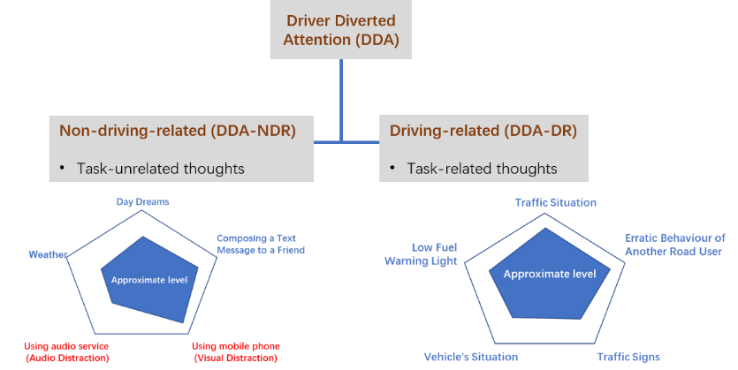
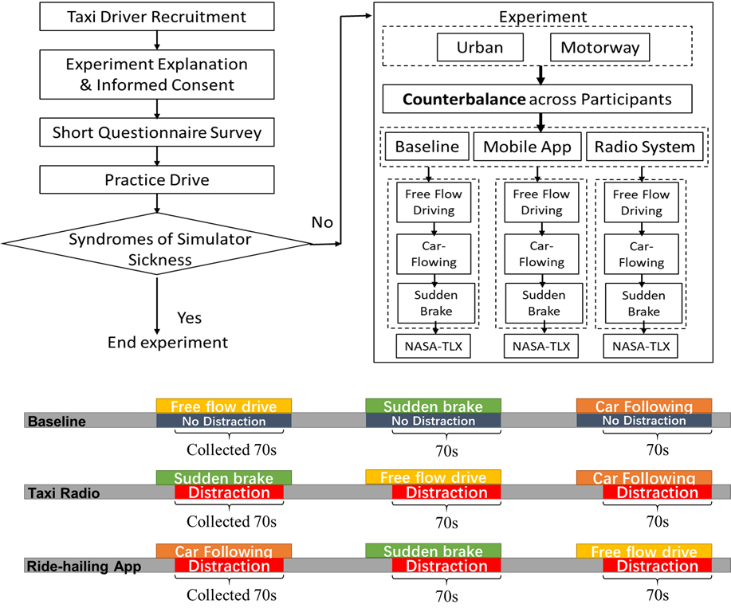
Most Popular
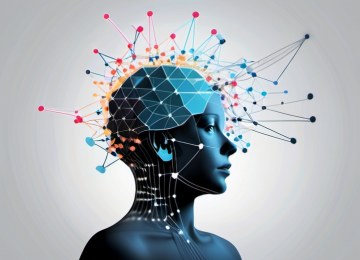
When and why do graph neural networks become powerful?
Read more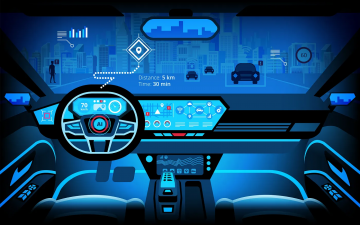
Smart Warnings: LLM-enabled personalized driver assistance
Read more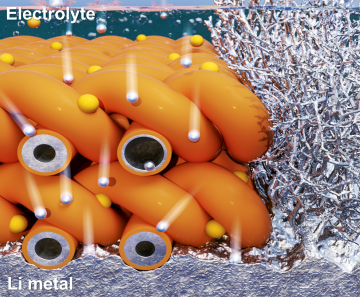
Extending the lifespan of next-generation lithium metal batteries with water
Read more
Professor Ki-Uk Kyung’s research team develops soft shape-morphing actuator capable of rapid 3D transformations
Read more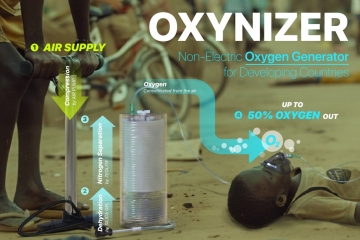
Oxynizer: Non-electric oxygen generator for developing countries
Read more